Architecture, Monuments et Urbanisme – Partie II : Les villes le long des Routes de la Soie terrestres
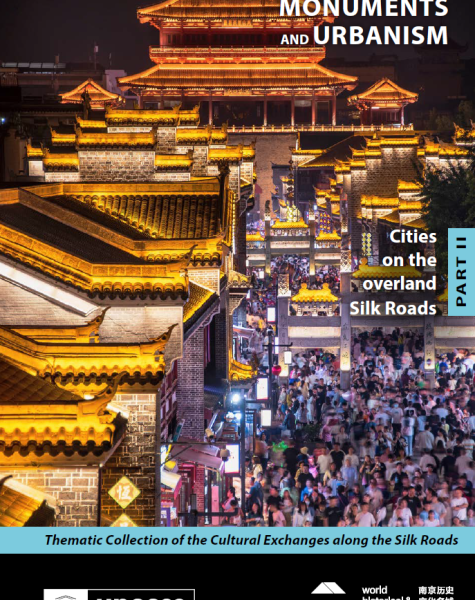

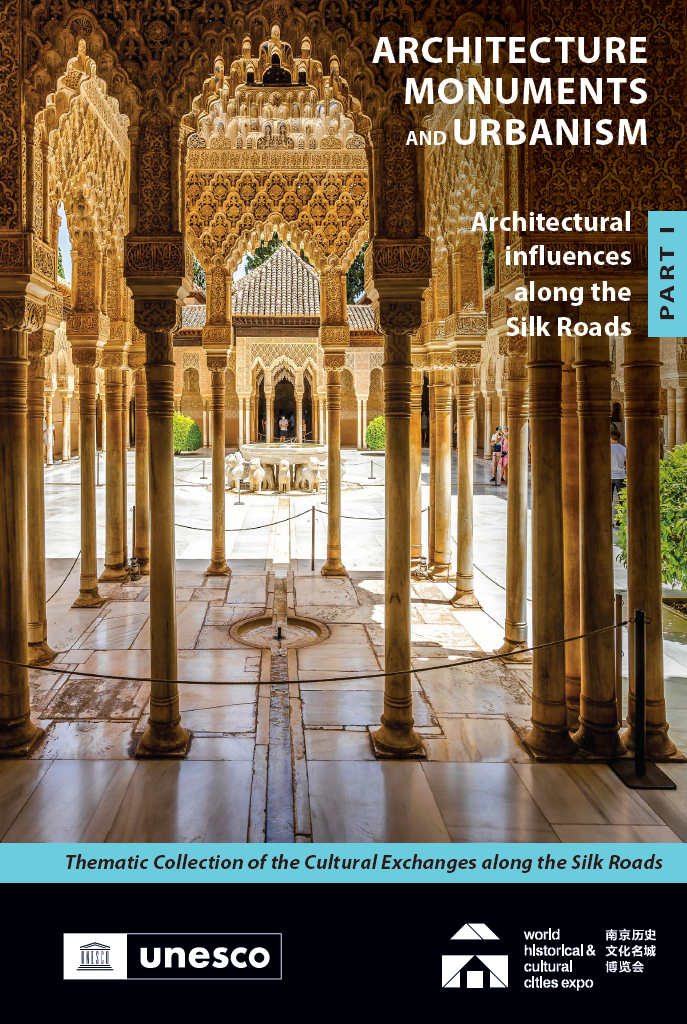
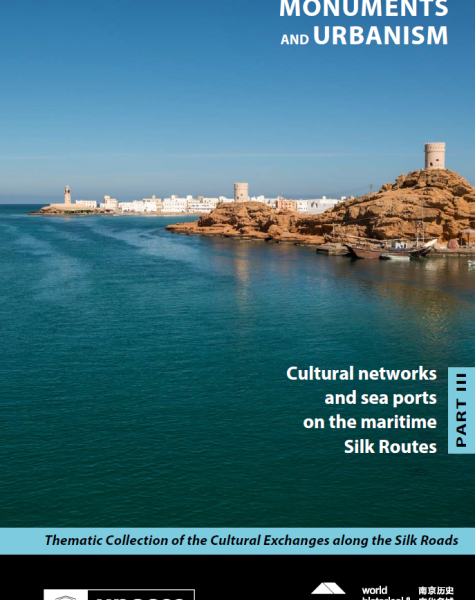
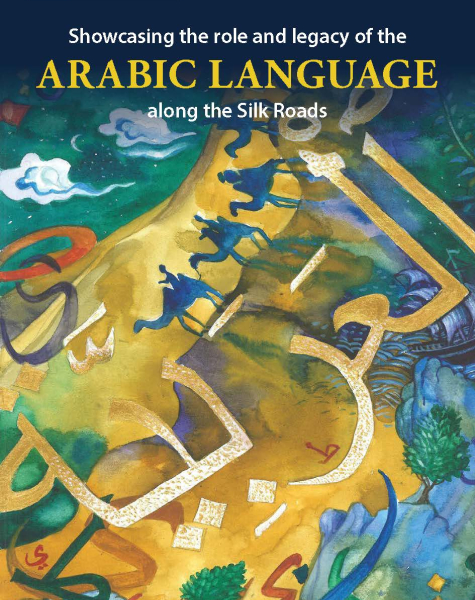
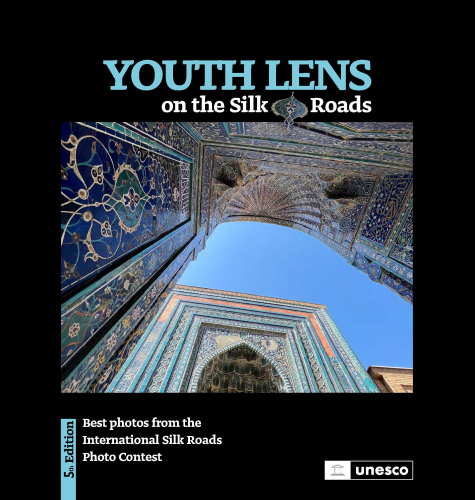
Youth Lens on the Silk Roads
Best Photos from the International Silk Roads Photo Contest: 5th Edition
Cette collection d’articles de recherche donne vie au patrimoine des Routes de la Soie. Première d’une série, elle présente douze projets de recherche issus de l’initiative Bourse de recherche pour la jeunesse sur les Routes de la Soie, apportant de nouvelles perspectives et contribuant à une meilleure compréhension des interactions et échanges qui ont façonné ces routes historiques.
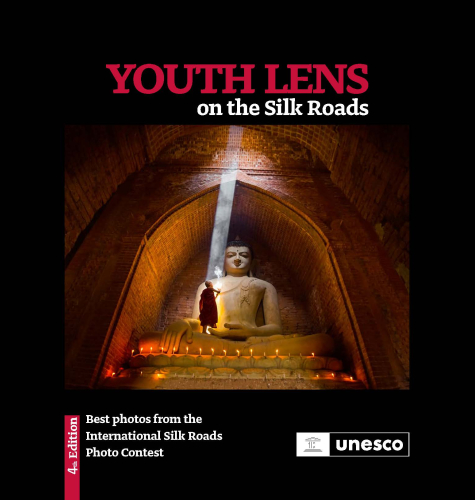
Youth Lens on the Silk Roads
Best Photos from the International Silk Roads Photo Contest: 4th Edition
This volume, developed by UNESCO and the China National Silk Museum features contributions from internationally renowned scholars and experts in the field of textiles, clothing and Silk Roads exchanges.
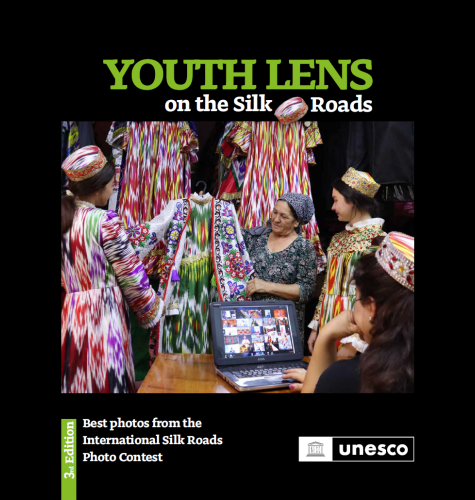
Youth Lens on the Silk Roads
Le numéro de novembre 2019 du magazine Patrimoine Mondial, la publication officielle du Centre du Patrimoine Mondial de l'UNESCO, est consacré aux Routes de la Soie.
Siège de l'UNESCO
7 Place de Fontenoy
75007 Paris, France
Secteur des sciences sociales et humaines
Section de la recherche, politique et prospective
Programme des Routes de la Soie